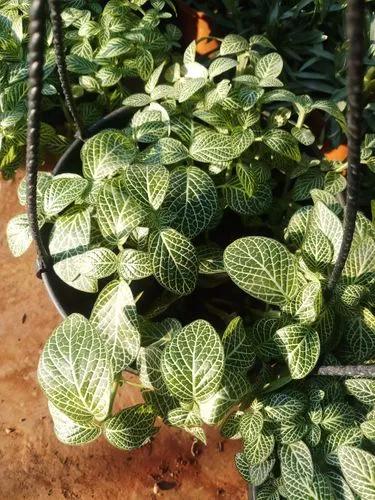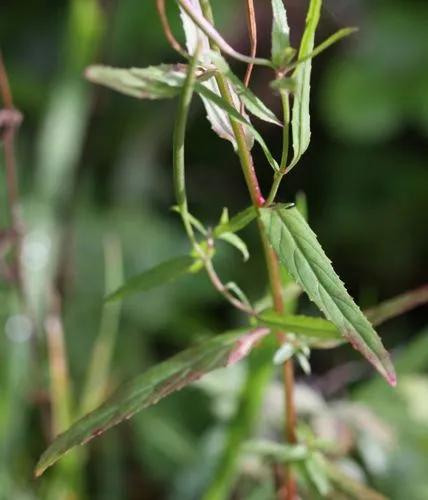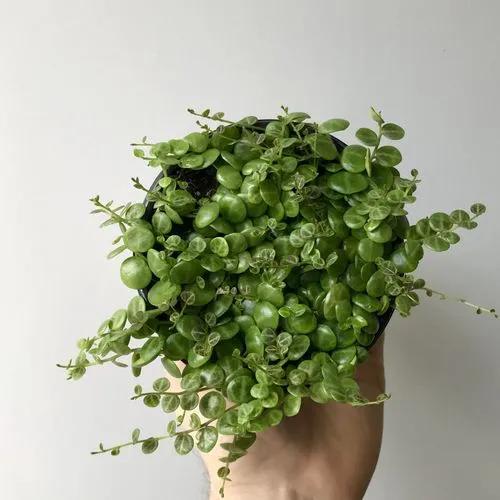Tradescantia pallida ”Purpurea” also known as Purple Queen, Purple Heart, Setcresea Purpurea, Purple Spiderwort, or Wandering Jew “Purpurea” is a popular evergreen perennial. It belongs to the spiderwort family which includes 40 genera and 652 species and it is widely distributed in tropical and temperate regions.The genus Tradescantia is native to the New World tropics and includes 70 species. The species Tradescantia pallida was collected first in 1907 in Tamaulipas, Mexico by E. Palmer, a leading botanist of his time. Because of their spectacular aspect, these plants were brought on the European continent as ornamental plants and are now grown as such in many parts of the world.Tradescantia pallida ”Purpurea” is a tender and attractive plant of outstanding colours. It is widely commercialized as a house plant and for outdoor gardens. It is a long-jointed sprawling ground-cover plant. Its stems and branches recline on the ground and its ascending extremities can grow up to 8 inches (20cm) tall.
Purple Spiderwort Care
Tradescantia Pallida



How to Care for the Plant

Water

Allow it to spend warm spring and summer days outdoors, if feasible. During its active growth, water moderately and apply a balanced liquid fertilizer every four weeks. Water sparingly in winter.

Pruning

Use sharp pruning shears to remove the sucker branches and the errant branches that are growing in the wrong direction or making it difficult to fertilize the tree. Since lemon cypress has a conical habit, trim the tree as per its natural shape. Trimming should be done every week during the summer.

Fertilizer

Mix the recommended amount of liquid fertilizer and water in a watering can. Then simply pour the mix into the soil as if you're watering the plant.

Sunlight

Full sun to partial shade.

Soil

Does best in conventional potting soils that contain ingredients such as peat, manure, and black hummus.

Temperature

The best temperature for Tradescantia pallida ”Purpurea” is average to warm (65-80 F/ 18-27 C).

Container

Plants that don't like a lot of moisture will need a drainage hole for moisture to escape and for airflow to circulate through the pot. Another important function of drainage holes is to allow water to flush the soil of excess salts from fertilizers.

Popularity

31,404 people already have this plant 4,932 people have added this plant to their wishlists
Discover more plants with the list below
Popular articles






